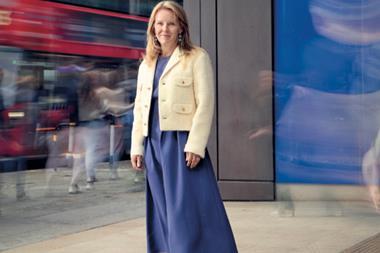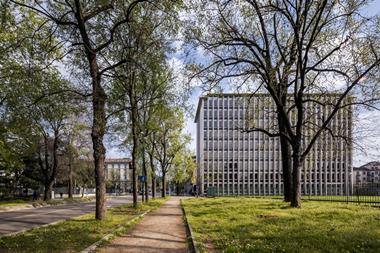America is getting older. In recent decades, the US has witnessed a significant shift in its demographic landscape. According to the US Census Bureau, the number of individuals aged 65 and older was approximately 55.8m in 2020, accounting for nearly 17% of the total population. This figure is projected to rise to 80m, or 20% of the population, by 2040.

Moreover, the segment of the population aged 85 and older, often referred to as the ‘oldest old’, is expanding rapidly. The Administration for Community Living estimates that in 2022, there were about 6.5m Americans in this age group, and by 2040, the number is expected to more than double to 13.7m.
Such a “fundamental change in US demographics” is driven in particular by “the ageing of the Baby Boomer cohort”, according to Emi Adachi, managing director and co-head of global investment research at Heitman. Some 80m people were born between 1946 and 1964, and the oldest baby boomers turn 79 in 2025.
This phenomenon has broad implications for real assets investors, particularly across real estate markets, but it is most obvious in one area: retirement housing.
The sector has been enjoying recent interest from investors due to its apparent stability even after the COVID-19 pandemic and the wider market volatility that followed. “In negative cycles, it has outperformed other classes,” says Ryan Maconachy, vice-chairman of health and alternative assets at Newmark. “It doesn’t have the huge swings up and down.”
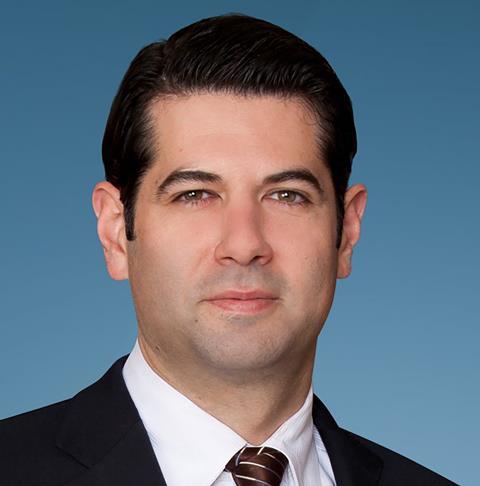
“Supply growth fell… highlighting a supply-demand imbalance that is unprecedented in recent history”
Mike Gordon
Historically, there has been between $15bn (€14.5bn) and $20bn of annual traded volume in the senior-living space. Maconachy says: “Given that high volume and the amount of capital interested in the product, there are opportunities for every type of risk-adjusted capital that investors are looking to place right now.”
And supply is tight. It has hit a 14-year low, with construction starts plummeting, according to Mike Gordon, global CIO at alternative real estate-focused fund manager Harrison Street. “Supply growth fell below 9,500 new units through the first nine months of 2024, compared to more than 23,000 units of absorption, highlighting a supply-demand imbalance that is unprecedented in recent history,” he says.
This tightening of available units has also led to rent growth – an average annual increase of 4.5% across the sector.
But there are also challenges for investors. “Senior housing has comparatively low operating margins [25-40%] compared to around 65% for traditional sectors,” says Jason Bordainick, co-founder and managing partner of Hudson Valley Property Group. “Senior housing is also particularly sensitive to labour and food costs.”
Another is complexity. The sector “involves a blend of residential, hospitality and healthcare”, says Bordainick.
Adachi describes a “continuum”, ranging from that low acuity – in other words, non-urgent medical needs – such as independent living to “higher-acuity models, including assisted living, memory care and, for the most impaired, nursing care or skilled nursing facilities”.

“Senior housing has comparatively low operating margins [25-40%] compared to around 65% for traditional sectors”
Jason Bordainick
In both the US and Europe, nursing homes have been critical in elderly care. However, the growth rate has been slower in the US. According to a study by the OECD, the number of nursing home beds per 1,000 people aged 65 and older in the US stood at 35 in 2020, compared with 50 in European countries like Germany and the Netherlands. The OECD found that several factors, such as higher costs, the preference for in-home care, and fewer public subsidies, contributed to this slower growth.
US institutional investors have “historically focused on the market segment that includes independent living, assisted living and memory care, with less focus on skilled nursing facilities due to the licensing, payment models and intensity of care”, says Adachi.
Wellness programmes and telemedicine
Bordainick points out that the key challenges facing commercial retirement housing include “affordability gaps, regulatory hurdles, staffing shortages and stigma around retirement housing”. On the other hand, he thinks healthcare and real estate development “increasingly overlap, with developers incorporating onsite medical care, wellness programmes and ‘telemedicine’ into senior housing.”
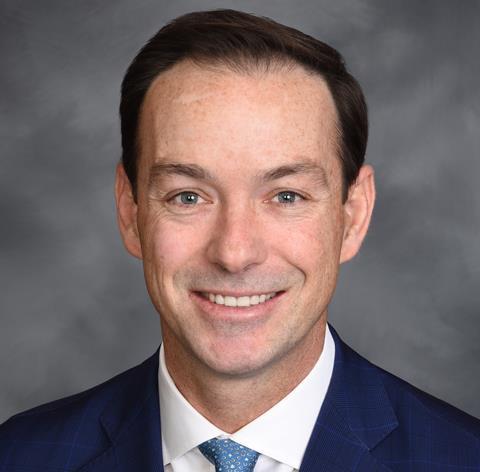
“In negative cycles, it has outperformed other classes. It doesn’t have the huge swings up and down”
Ryan Maconachy
Medical offices also stand to benefit from the growth in the over-65 population and the continued move from hospitals towards outpatient settings for a wide range of medical services and procedures. Maconachy says: “The majority of investors right now, from private equity to REITs, are trying to get a larger allocation of alternative healthcare assets in their portfolios.”
Complexity can also be found among the emerging models targeting retirees who want to downsize their homes but do not require care and are turned off by nursing homes – coined ‘active adult’. Adachi says: “These properties largely resemble conventional apartments but exclusively rent to residents over 55. The typical resident is in their early 70s and downsizing.”
She believes that the best approach to senior housing is “to target properties providing the full continuum of care, allowing for seniors to age in place by entering at a stage where they need minimal or no assistance and transition within the community as additional care is required. Offering a full continuum of care can provide marketing, lease-up, margin and tenant retention advantages.”
Newmark favours “multi-acuity buildings…. that encompass more than one type of living between independent, assisted and memory care”, says Maconachy. “These properties allow residents to age in place. We have seen those properties outperform as it relates to overall market performance.”
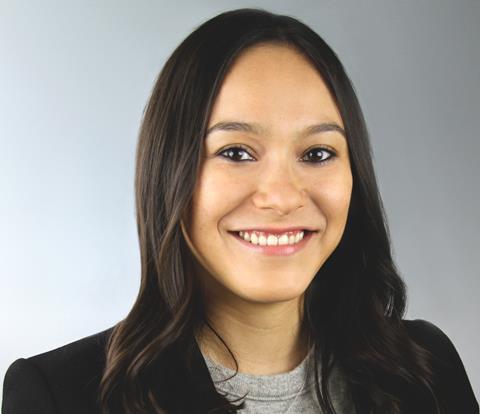
“Offering a full continuum of care can provide marketing, lease-up, margin and tenant retention advantages”
Emi Adachi
But the challenges here include “making sure we’re getting enough young people in the labour pool to staff buildings with competent and skilled caregivers and ensure the experience and level of care provided for residents is the highest possible”, he says.
Nonetheless, providing some care within this spectrum appears to be a wise move. “Given that independent living is largely a discretionary choice, we see more risk in this segment, particularly since it must compete with conventional apartments and active-adult properties,” Adachi warns. “By contrast, the assisted-living and memory-care segments benefit from needs-based demand and these higher-acuity models can function as standalone properties.”
Gordon believes demographic changes “will reinforce the need for strategic market selection, emphasising areas with a high concentration of retirees, as well as walkable locations with convenient access to leisure, healthcare and retail.”
Regional variation adds another layer of complexity. “Sunbelt states will likely see growing demand for active-adult communities due to their lower cost of living and warmer climates,” says Bordainick. “Northeastern states have higher costs of living and development in addition to an ageing housing stock, necessitating preservation efforts.” Each US state operates its own public insurance Medicaid policies, which plays “a significant role in shaping the affordability and availability of senior housing and assisted living”, he says.
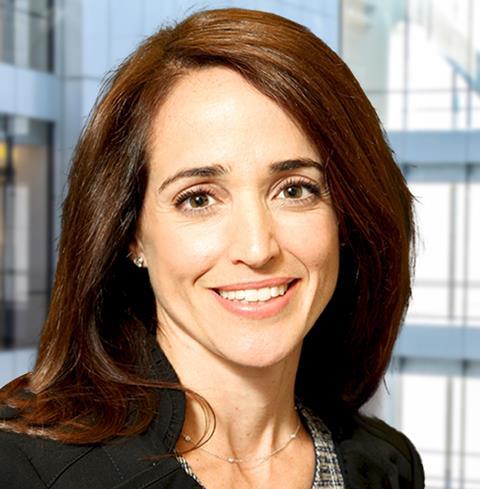
“A national investment strategy requires relationships with different operators, which know their markets”
Soultana Reigle
“Every state has unique licensing, staffing and care requirements that require operators to be well-versed in the specifics of what’s required to operate a facility,” Maconachy adds. “Operators and owners have to be nimble and make sure the requirements of all states in their portfolios are met.”
There is also regional variation between operators. “The best operators are regional rather than national, which means a national investment strategy requires relationships with different operators, which know their markets and attract the best caregivers,” says Soultana Reigle, head of US equity at PGIM Real Estate.
For example, in California, a developer must obtain a licence to operate a memory-care facility. “Due to the required specialised expertise and licensing requirements, most homebuilders and apartment developers do not develop or own projects which include assisted living or memory-care services,” says John Condas, partner at law firm Allen Matkins Senior.
However, he says, developers can take advantage of the California Density Bonus Law, which enables the development of projects at higher densities than would otherwise be allowed under the local jurisdiction’s general plan and zoning code. Developers can even “obtain relaxation of various development standards, such as height or floor area ratios…. reduced parking requirements [and] reduced construction costs”, Condas says.
Outlook: opportunities and challenges
The near-term outlook is good. Occupancies were up 70bps in the fourth quarter of 2024 to 87.2%, according to the National Investment Center for Seniors Housing and Care. “The seniors housing sector is in the midst of a very strong demand recovery from the depths of the COVID crisis,” says Rick Brace, AEW’s director of research. “An attractive opportunity exists for putting new capital to work in a market where liquidity and access to financing is constrained…. generating double-digit NOI [net operating income] growth [which] presents what we believe is an attractive risk-adjusted opportunity relative to other alternatives in the real estate market.”
Further out there are multiple challenges. Ageing drives demand for accessible public spaces, transportation and community services. “Real estate must support walkable, connected communities that foster independence and social interaction while accommodating physical and mental health needs,” says Bordainick.
With the frequency of catastrophic weather events on the rise, the property insurance sector, already cautious about insuring large senior-living communities, will provide additional pressure. Dan Gilhooly, senior vice-president and managing director of Gallagher’s senior-living practice, says: “This growing demand will lead to a significant rise in exposures from both property and casualty perspectives.”
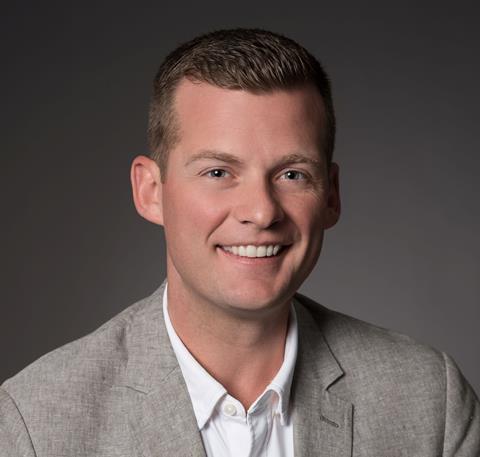
“This growing demand will lead to a significant rise in exposures from both property and casualty perspectives”
Dan Gilhooly
He also worries about litigation. “As more seniors move into these communities, it will be important to observe how the plaintiffs’ bar approaches the growing number of residents pursuing personal injury claims.”
Other factors are more positive. “We’re expecting to see greater integration of technology, innovative financing models and expanded policy incentives for affordable senior housing to include more health services,” says Bordainick. “Additionally, we’ll likely see experimentation with new concepts, such as intergenerational housing.”
And the underlying tailwind can only get stronger. “It is expected that new demand creation will grow much faster than new supply creation,” says Gordon. “Nearly half of the existing supply in the US will be teetering on 30 years old within the next five years.”
Maconachy concludes: “The continued ageing of the next wave of baby boomers will intensify demand for seniors housing units, which will further strengthen the asset type in the eyes of investors. We remain particularly bullish on seniors housing over the next five to 10 years.”
Does an ageing Europe create opportunities for real assets investors?

Europe is in the midst of a major demographic shift. Christopher Walker reports
- 1
 Currently
reading
Currently
reading
What does the ageing of 80m baby boomers mean for real assets in the US?
- 3
- 4
- 5
- 6
- 7
- 8
- 9

























